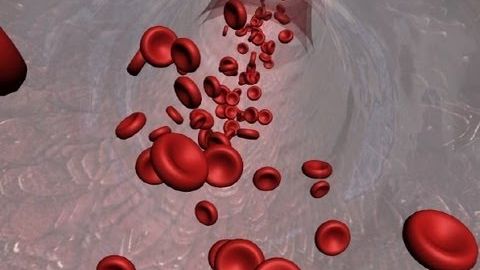
Subtitles & vocabulary
Animated Introduction to Cancer Biology (Full Documentary)
00
潘宇將 posted on 2014/04/16Save
Video vocabulary
body
US /ˈbɑdi/
・
UK /ˈbɒd.i/
- Noun (Countable/Uncountable)
- An object distinct from other objects
- A group of people involved in an activity together
A1
More stop
US /stɑ:p/
・
UK /stɒp/
- Transitive Verb
- To block or close something
- Intransitive Verb
- To finish moving or to come to an end
A1TOEIC
More die
US /daɪ/
・
UK /daɪ/
- Countable Noun
- Cube with dots numbering 1-6 on it used in games
- A tool for cutting an external thread
- Intransitive Verb
- To cease to function or work
- (Of a thing) to stop being used or done
A1
More Use Energy
Unlock All Vocabulary
Unlock pronunciation, explanations, and filters
